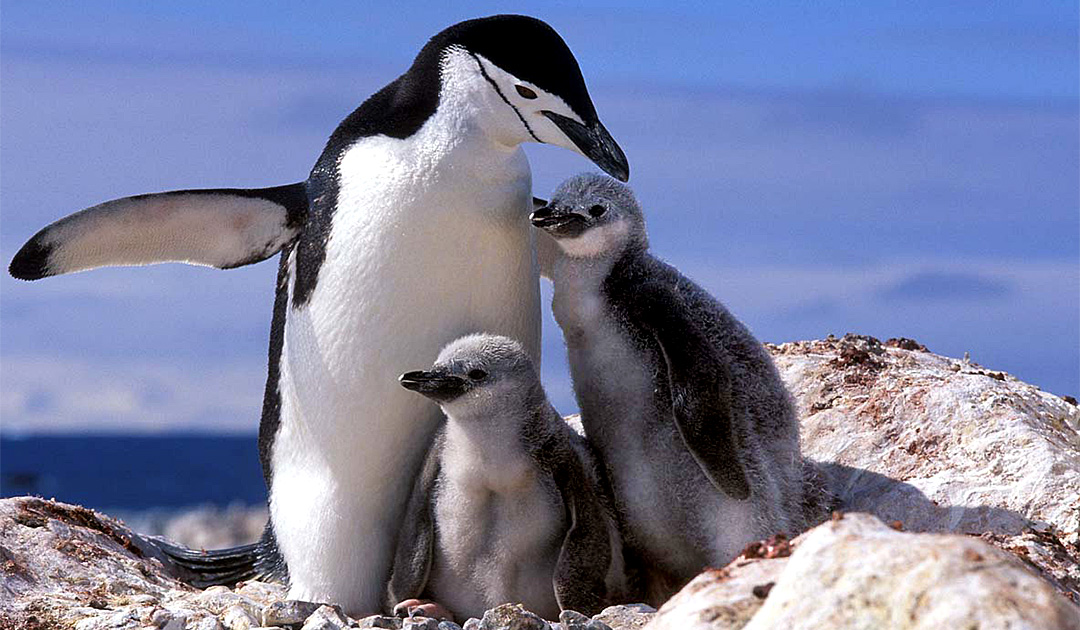
The shipping company Viking Ocean Cruises announced that its expedition team has made the discovery of a new, previously unknown chinstrap penguin colony on Díaz Rock near Astrolabe Island in Antarctica. Astrolabe Island is a three-mile-long island in the Bransfield Strait on the western side of the Antarctic Peninsula.
The discovery was made in January 2024, when the Vikings expedition ship “Viking Octantis” visited Astrolabe Island.

(Photo: Hayley Charleton-Howard)
Astrolabe Island is home to a colony of chinstrap penguins that has not been surveyed since 1987. During the visit, Viking’s scientific partner Oceanites conducted an aerial visual and thermal survey. Oceanites is a non-profit American company known for field research and has been a leader in monitoring Antarctic penguin species for 30 years.
The fieldwork documented the first survey of the already known colony of chinstrap penguins on Astrolabe Island in almost 40 years. During the survey, the team discovered another colony on Diaz Rock. Oceanites announced that more details will be released at a later date.

Torstein HagenChairman of Viking: “With our third season in Antarctica underway, we are pleased to have supported another significant scientific development that will allow for further understanding of the region. From the thoughtful design of our expedition vessels, each with a well-appointed Science Lab, to our partnerships with some of the world’s most prestigious institutions, our intention has always been to provide our guests and scientists with opportunities for meaningful discovery during each voyage. We look forward to supporting other critical research opportunities on future voyages.”

Chinstrap penguins (Pygoscelis antarctica)
The chinstrap penguin lives mainly in the northwest of the Antarctic Peninsula, as well as on a few islands in the South Atlantic and the sub-Antarctic islands. The population is estimated at 7,500,000 breeding pairs, of which 5,000,000 live on the South Sandwich Islands alone. Its characteristic feature is a narrow black stripe running from the back of the head across the throat. They are considered to be the most belligerent of all penguins and are not afraid to attack even much larger animals.
The chinstrap penguin reaches a body size of 71 to 76 centimetres. The main food of chinstrap penguins is krill and some smaller fish species. Chinstrap penguins can dive to depths of up to 100 meters. However, they usually catch their food at depths of between ten and forty meters.

Like all penguins, the chinstrap penguin is a colony breeder. During the breeding season itself, which begins around November, very large colonies of several thousand birds occasionally form. The clutch generally consists of two eggs. The male breeds first, while the female sets out to sea to forage. The partners then take turns incubating for periods of five to ten days. The incubation period averages 36.3 days for the first egg and 33.9 days for the second egg.
For the first 20 to 30 days, the young stay in the nest, then they move to a kind of nursery, i.e. a cluster of penguin chicks under the watchful eye of one or two adults. Skuas are one of the greatest dangers for young birds and eggs.
Heiner Kubny, PolarJournal





